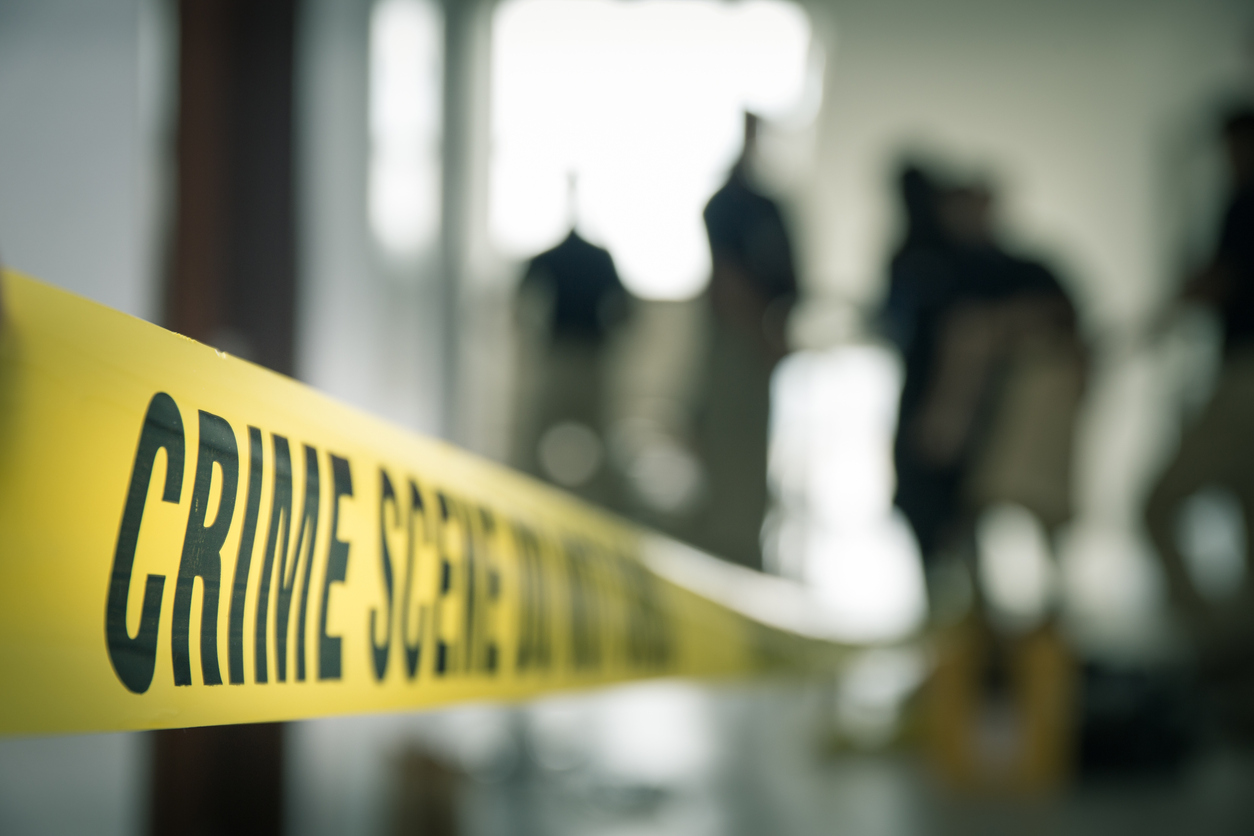For some, it is hard to believe that 21 years have passed since the Columbine High School Shooting in Littleton, Colorado, on April 20, 1999. For others, especially the families and friends of those involved, it may seem like just yesterday. Images from that frightful day still linger, and news stories about recent mass shootings, particularly in public schools, continue to stir the memories. They also serve as constant reminders of the need for emergency preparedness to active shooter events and other dangerous and disruptive situations.
Preparedness Starts with a Plan
In 1999, few would have imagined that two high school students would plot such a massacre as the Columbine shooting, killing 13 innocent people (12 fellow students and one teacher, excluding themselves) and wounding 21 others. Or, that in 2012, 20 children between the ages of six and seven, along with six adult staff members, would be fatally shot at Sandy Hook Elementary in Newton, Connecticut. Or, that a teenage gunman would claim the lives of 17 people, and injure 17 others at Marjory Stoneman Douglas High School in Parkland, Florida, on February 14 (Valentine’s Day), 2018.
Today, active shooter situations, particularly in schools (both primary and secondary) are a sad reality. As such, it is imperative for superintendents, faculty, staff, students, parents/caregivers and the community at large to think worst-case, and to collectively plan ahead. That means developing a plan of action, complete with safety/lockdown procedures, communication protocols, school maps, and other important, potentially life-saving information that everyone, children and adults alike, can easily understand, fully embrace, and quickly act upon in a real-life emergency.
Preparedness Improves Over Time
Given recent events, it’s not enough to develop an emergency plan of action for your school district or private campus. You must share it with all plan stakeholders; put it to the test (if only once or twice per school year), and update its contents on a regular basis. These simple actions will go a long way toward improving emergency preparedness over time and keeping school safety top of mind every day.
Interestingly (and thankfully), as reported by CBS News, March 2020 was apparently the first March in nearly two decades without a “typical” school shooting in the U.S. Why? Schools across America have been shut down since early March as a prevention measure to slow the spread of coronavirus.
Still, the BOLDplanning team, like so many others across America, will never forget the Columbine High School shooting on April 20, 1999. Or, the many other mass shootings, including the one at Santa Fe High School (Texas) in May 2018, that have occurred on school campuses since then. For this reason, and many others, we encourage every school, large or small, primary or secondary, private or public, to take the necessary steps to plan ahead. And, we are here, though working remotely, ready to help in any way that we can.
Learn more by downloading, Primary and Secondary Education: Emergency Preparedness Plans for Schools or BOLDplanning’s case study featuring Williamson County Schools & Franklin Special School District (Tennessee). Want more information? Simply email info@BOLDplanning.com or call 615.469.5558 now.
BOLDplanning has helped develop and implement over 10,000 emergency, continuity and mitigation plans for public and private sector organizations, including schools, across the country.






